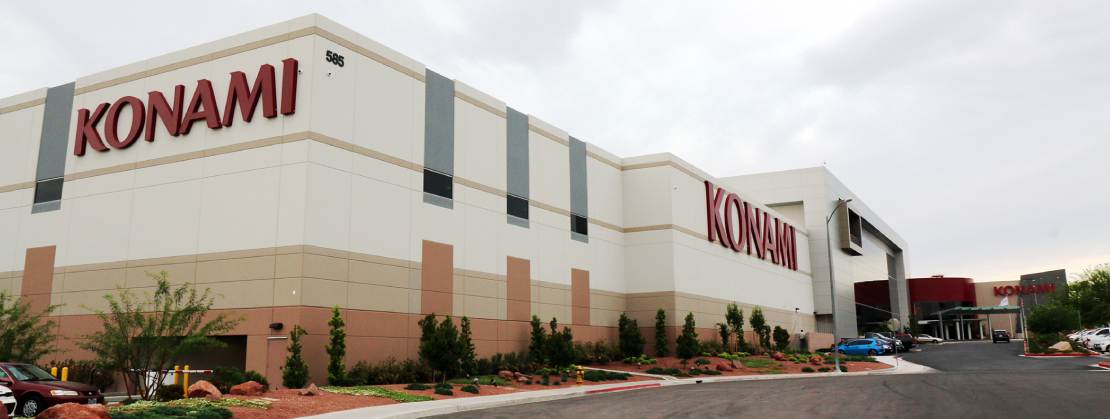Dispatched to the United States on a market research assignment by the Tokyo head office in 2001, Yosuke Honjo and his three-person team had to determine the right time for the Japanese beverage maker Ito En to enter this huge and highly competitive beverage market.
After just a few months, Honjo saw the huge potential of the American market for their green tea products and knew the perfect marketing strategy. He quickly discovered that Ito En and the typical American consumer shared the same standards when it came to their drinks.
“We saw that if we were able to use Japanese green tea and highlight its health benefits, then there was a chance of success. Natural, healthy, delicious, safe and well-designed are Ito En’s five principles and they haven’t changed in 44 years,” recalled Honjo, who has been president and chief executive officer of Ito En North America since its inception in 2001.

In addition to the traditional “Oi Ocha” green tea drink found in Japan, Ito En also developed exclusively for the North American market the “Teas’ Tea” line of drinks, which has proved so popular that it is now available in Japan, China, Korea and Singapore. Apart from tea, Ito En also sells its “Jay Street” canned coffee line, inspired by the neighborhood where Ito En North America is based.
“DUMBO (short for Down Under the Manhattan Bridge Overpass) in Brooklyn is one of the fastest growing and most creative parts of North America. And we are proud to be a part of that culture,” said Honjo.
Last year, Ito En opened a new concept store in New Jersey called “Matcha Love” and plans to open a flagship outlet in Manhattan later this year.
“Customers will be able to enjoy the finely grained matcha in drinks, ice cream and gift sets,” explained Honjo, who takes great pride in how fast American consumers took to Ito En’s Japanese tea drinks.
“Ito En is always analyzing customer culture. It’s about innovating and creating new products. Ito En continues this as it introduces a new culture to the U.S. My goal is to mix Japanese and American culture and create something new,” Honjo said.
- Originally prepared by Global Media for The Japan Times Special Report on the East Coast 2014 (Credit: Angelo Romualdez)












